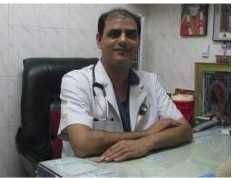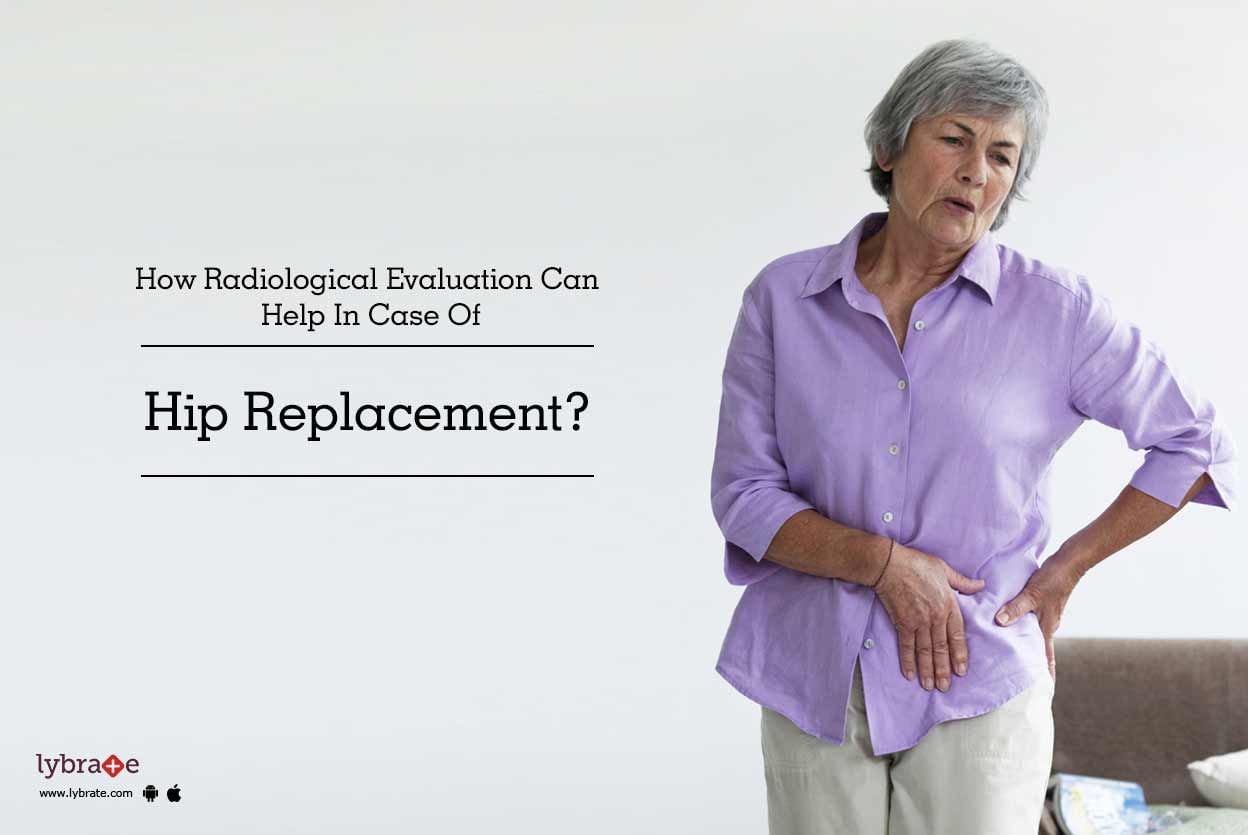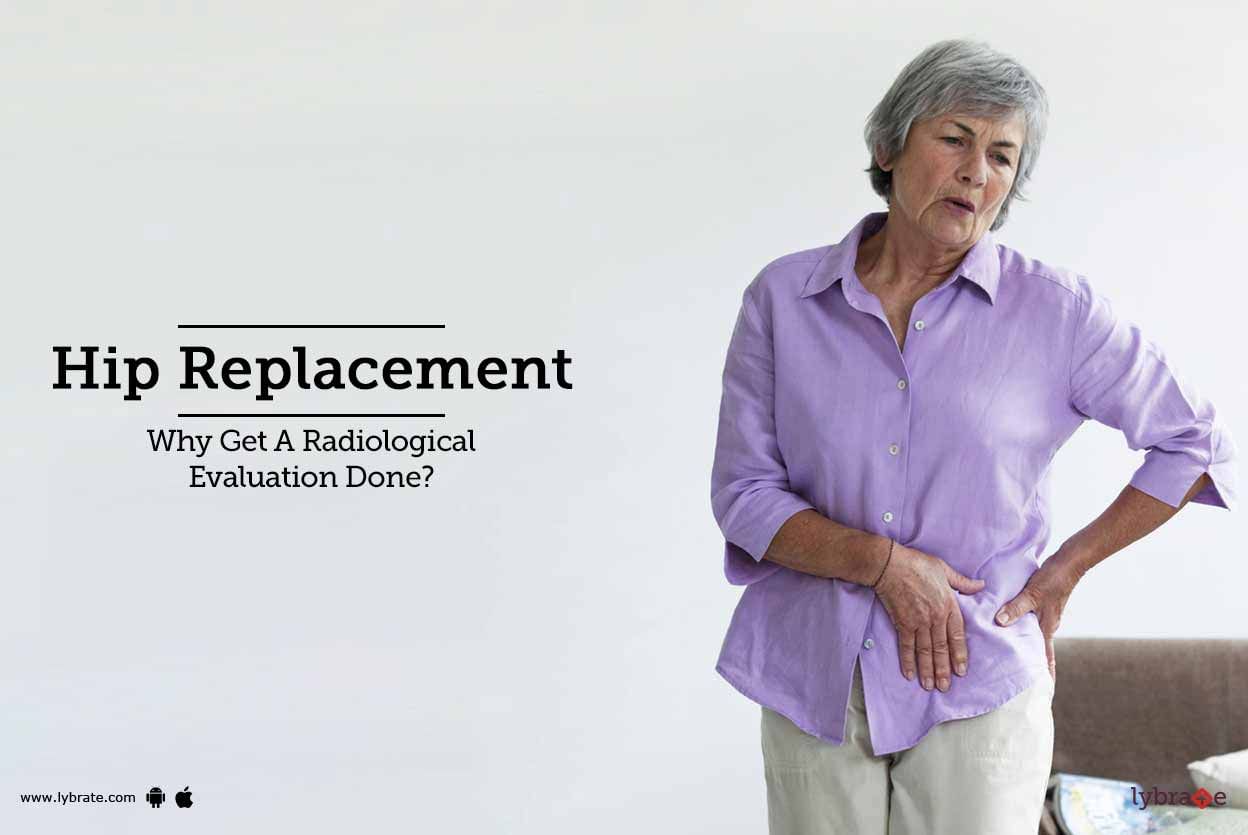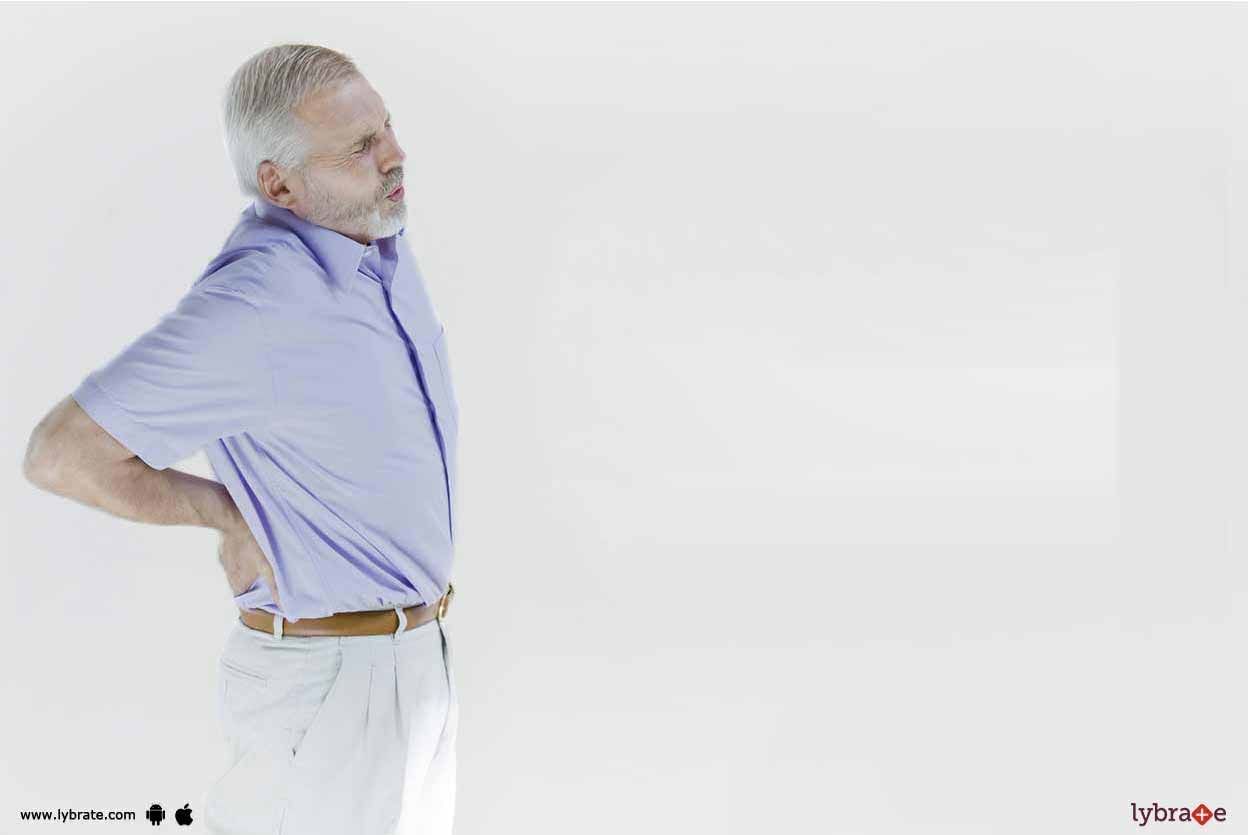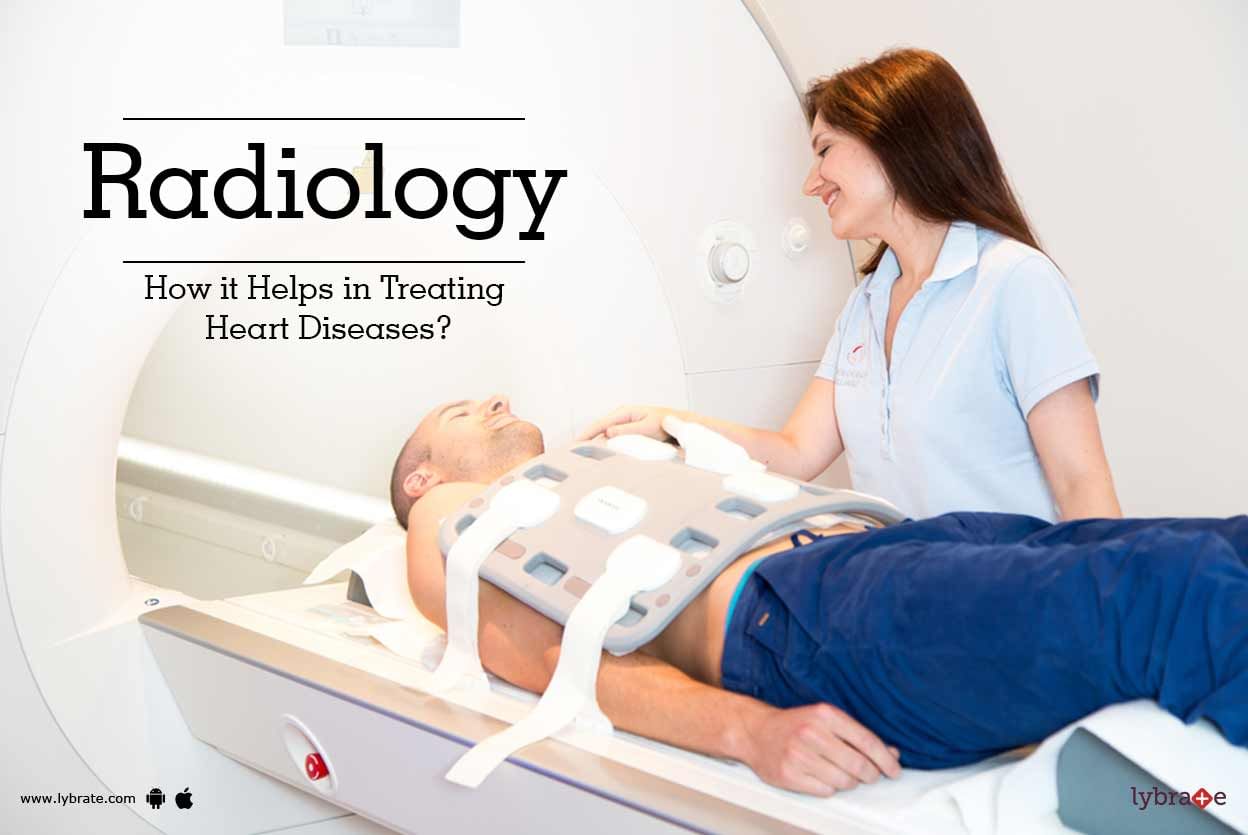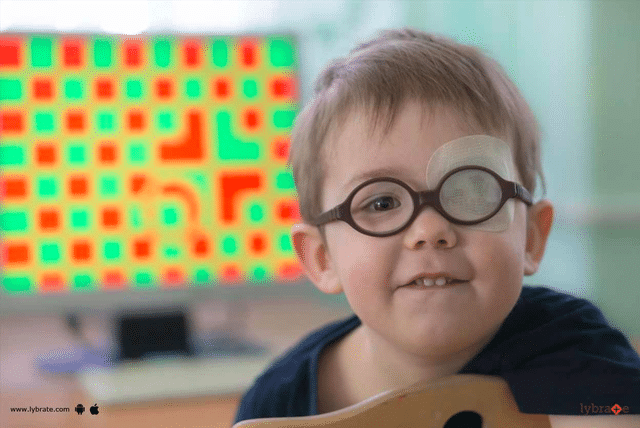Get the App
For Doctors
Login/Sign-up
About
Health Feed
Find Doctors
Health Packages
Diaphragm Image Tips
Last Updated: 6 years ago• Featured Tip
Share
Bookmark
Report
Hiatal Hernia takes place when the upper portion of the stomach pushes itself through an opening in the diaphragm, into the chest cavity. The diaphragm is a wall of thin muscles, which separates the chest cavity and the abdomen.
In most cases, a small hiatal hernia doesn't cause problems, and you may never know you have a hiatal hernia unless your doctor discovers it when checking for another condition.
But a large hiatal hernia can allow food and acid to back up into your oeso...more
In most cases, a small hiatal hernia doesn't cause problems, and you may never know you have a hiatal hernia unless your doctor discovers it when checking for another condition.
But a large hiatal hernia can allow food and acid to back up into your oeso...more
Last Updated: 7 years ago• Featured Tip
Share
Bookmark
Report
Hiatal Hernia takes place when the upper portion of the stomach pushes itself through an opening in the diaphragm, into the chest cavity. The diaphragm is a wall of thin muscles, which separates the chest cavity and the abdomen.
In most cases, a small hiatal hernia doesn't cause problems, and you may never know you have a hiatal hernia unless your doctor discovers it when checking for another condition.
But a large hiatal hernia can allow food and acid to back up into your oeso...more
In most cases, a small hiatal hernia doesn't cause problems, and you may never know you have a hiatal hernia unless your doctor discovers it when checking for another condition.
But a large hiatal hernia can allow food and acid to back up into your oeso...more
Last Updated: 9 years ago• Featured Tip
Share
Bookmark
Report
Hiatal hernia takes place when the upper portion of the stomach pushes itself through an opening in the diaphragm, into the chest cavity. The diaphragm is a wall of thin muscles, which separates the chest cavity and the abdomen. In most cases, a small hiatal hernia doesn't cause problems and you may never know you have a hiatal hernia unless your doctor discovers it when checking for another condition.
But a large hiatal hernia can allow food and acid to back up into your oesophagus, le...more
But a large hiatal hernia can allow food and acid to back up into your oesophagus, le...more
Last Updated: 8 years ago• Featured Tip
Share
Bookmark
Report
Radiology is a special branch of medical science that uses various techniques of imaging for the diagnosis and the treatment of several types of diseases in the body. The different types of imaging techniques used in radiology are X-rays, Computerised Tomographic scan (CT Scan), ultrasound, Magnetic Resonance Imaging (MRI) and nuclear medicine which includes Positron Emission Tomography(PET).
Role played in evaluating hip replacement
Hip replacement surgeries have become extremely c...more
Role played in evaluating hip replacement
Hip replacement surgeries have become extremely c...more
Last Updated: 7 years ago• Featured Tip
Share
Bookmark
Report
Radiology is a special branch of medical science that uses various techniques of imaging for the diagnosis and the treatment of several types of diseases in the body. The different types of imaging techniques used in radiology are X-rays, Computerised Tomographic scan (CT Scan), ultrasound, Magnetic Resonance Imaging (MRI) and nuclear medicine which includes Positron Emission Tomography(PET).
Role played in evaluating hip replacement
Hip replacement surgeries have become extremely c...more
Role played in evaluating hip replacement
Hip replacement surgeries have become extremely c...more
Last Updated: 6 years ago• Featured Tip
Share
Bookmark
Report
Multi Speciality•Mumbai
Radiology is a special branch of medical science that uses various techniques of imaging for the diagnosis and the treatment of several types of diseases in the body. The different types of imaging techniques used in radiology are X-rays, Computerised Tomographic scan (CT Scan), ultrasound, Magnetic Resonance Imaging (MRI) and nuclear medicine which includes Positron Emission Tomography(PET).
Role played in evaluating hip replacement
Hip replacement surgeries have become extremely c...more
Role played in evaluating hip replacement
Hip replacement surgeries have become extremely c...more
Last Updated: 8 years ago• Featured Tip
Share
Bookmark
Report
Radiology is a branch of medicine that deals with diagnosis and treatment of diseases using radiant energy. Radiology uses the imaging technology like ultrasound, x-ray radiography, Magnetic Resonance Imaging (MRI), Computed Tomography (CT), Positron Emission Tomography (PET), nuclear medicine. The imaging technology helps the doctor (or physician) to see within the human body and helps you get diagnosed and treated in a better way.
Radiology is also referred to as radioscopy or clinica...more
Radiology is also referred to as radioscopy or clinica...more
Last Updated: 6 years ago• Featured Tip
Share
Bookmark
Report
Amblyopia is commonly known as 'LAZY EYE'. It is a vision development disorder, which affects eyes and the brain during infancy and childhood. It signifies that the eye does not achieve a normal visual acuity even with refractive correction in form of glasses or contact lens. During normal visual development, the eye and brain learn to 'see' and develop binocularity, that is the ability to perceive depth (Stereoacuity). This occurs in the first 8 to 10 years of life. Each eye transmits a clear a...more
Last Updated: 6 years ago• Featured Tip
Share
Bookmark
Report
Amblyopia is commonly known as 'LAZY EYE'. It is a vision development disorder, which affects eyes and the brain during infancy and childhood. It signifies that the eye does not achieve a normal visual acuity even with refractive correction in the form of glasses or contact lens. During normal visual development, the eye and brain learns to 'see' and develop binocularity, that is the ability to perceive depth (Stereoacuity). This occurs in the first 8 to 10 years of life. Each eye transmits a cl...more
Last Updated: 6 years ago• Featured Tip
Share
Bookmark
Report
Amblyopia is commonly known as 'Lazy Eye'. It is a vision development disorder, which affects eyes and the brain during infancy and childhood. It signifies that the eye does not achieve a normal visual acuity even with refractive correction in form of glasses or contact lens. During normal visual development, the eye and brain learns to 'see' and develop binocularity, that is the ability to perceive depth (Stereoacuity). This occurs in the first 3 to 8 years of life.
Each eye transmits ...more
Each eye transmits ...more
Book appointment with top doctors for Diaphragm Image treatment
View fees, clinic timings and reviews
Ask a free question
Get FREE multiple opinions from Doctors
posted anonymously

